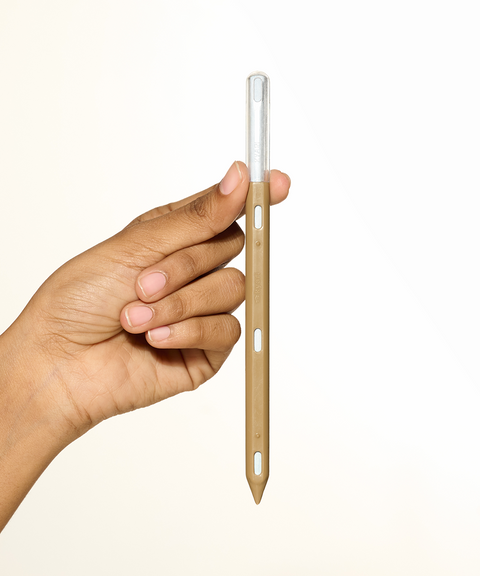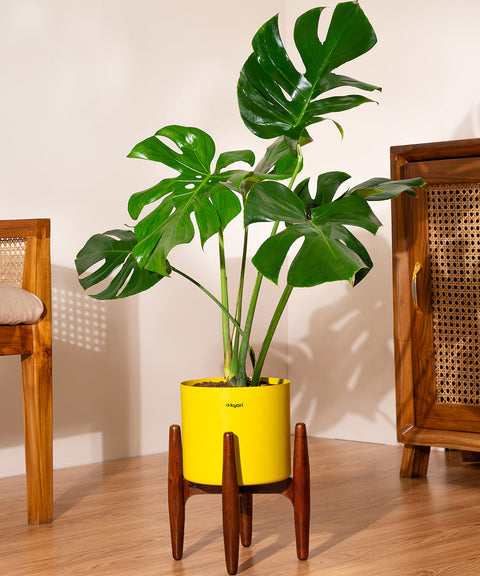About
Spider Plant
The Spider Plant, known for its air-purifying abilities and easy-care nature, is a favourite among both novice and seasoned plant enthusiasts. Its arching leaves and spider-like plantlets bring a unique charm to any space.
Origin
Native to South Africa.
Light
Prefers bright indirect light but can tolerate low light conditions. Avoid direct sunlight as it can scorch the leaves. Spider Plants can adapt to a variety of lighting conditions, making them highly versatile for different areas in your home.

Water
Water every 1-2 weeks allowing the soil to dry out between waterings. Increase frequency with more light and higher temperatures. Overwatering can lead to root rot, so it’s essential to let the soil dry out between waterings.
Humidity
Thrives in average household humidity but appreciates occasional misting. Spider Plants are quite adaptable but do best in slightly humid environments. Misting the leaves occasionally can help keep them vibrant.
Did you know that the spider plant was a favourite among the hippies in the 1970s? Known for its air-purifying qualities, this plant was often found in macrame hangers in bohemian homes, believed to keep the vibes groovy and the air clean. It is like having a green, leafy air purifier that also vibes with your inner flower child!
Placement
Spider Plants are known for their ability to cleanse the air and bring positive energy. Here’s where to place them
Adds a touch of greenery and improves air quality. Place it on a shelf or in a hanging basket to showcase its cascading leaves.
Boosts productivity and reduces stress. Keeping a Spider Plant on your desk can help create a more serene work environment.
Promotes a restful sleep environment by purifying the air. A Spider Plant in the bedroom can help reduce indoor pollutants, leading to better sleep quality.
Frequently Asked Questions
The ideal temperature for a Spider Plant is between 60°F to 75°F (16°C to 24°C). Spider Plants prefer moderate temperatures and can suffer in temperatures below 50°F (10°C).
Water your Spider Plant every 1-2 weeks allowing the soil to dry out between waterings. Check the soil moisture regularly to avoid overwatering.
Spider Plants prefer bright indirect light but can tolerate low light conditions. They should be kept out of direct sunlight to prevent leaf burn.
Place your Spider Plant in a bright indirect light area such as the living room or office. Hanging baskets or plant stands are ideal to display their trailing foliage.
Ensure the leaves are free from dust and trim off any brown tips. Cleaning the leaves helps the plant photosynthesize more efficiently.
Brown leaf tips can be caused by low humidity or fluoride in the water. Use distilled or rainwater and increase humidity. Regularly misting the plant can also help.
Wilting leaves indicate underwatering or overwatering. Adjust watering schedule to ensure soil is moist but not soggy. Check the roots for rot if wilting persists.
Keep the plant clean by wiping the leaves and inspecting regularly for pests. Use insecticidal soap if necessary. Spider Plants are generally pest-resistant but can occasionally attract aphids or spider mites
Pale leaves can indicate insufficient light. Move the plant to a brighter location with indirect sunlight. Pale leaves can also be a sign of nutrient deficiency consider fertilizing during the growing season.








 Limited Time Deal
Limited Time Deal
 BYOB - Small Plants
BYOB - Small Plants






































































































